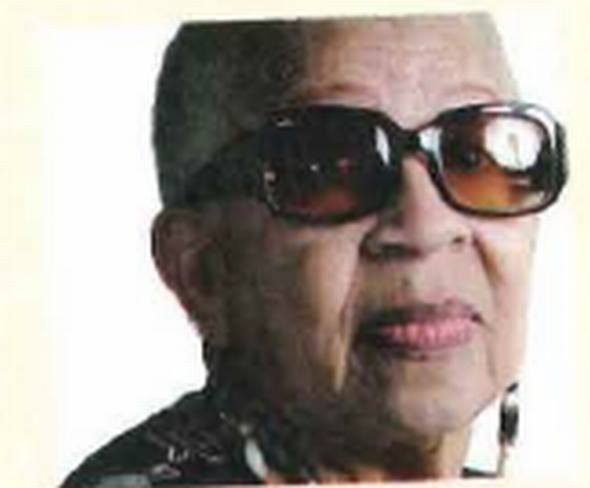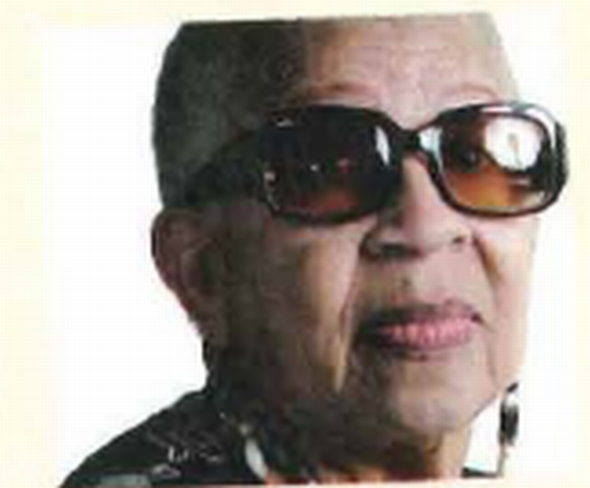Deck 74: Pharmacotherapy of Eye and Ear Disorders
Question
Question
Question
Question
Question
Question

Unlock Deck
Sign up to unlock the cards in this deck!
Unlock Deck
Unlock Deck
1/6
Play
Full screen (f)
Deck 74: Pharmacotherapy of Eye and Ear Disorders
1
Several prostaglandins are used for their actions on uterine smooth muscle. From what you learned in Chapter 70, what are the primary indications for the prostaglandins carboprost (Hemabate) dinoprostone (Cervidil), and mifepristone (Mifeprex)?
The endometrium, myometrium, and cervix mainly express the receptors of prostaglandins E and F. Both these prostaglandins cause contraction of uterine smooth muscle, due to which they are used as abortificients.
They can expel an implanted embryo and can result in abortion up to the second trimester. Dinoprostone is used early in pregnancy and usually comes in preparations of vaginal suppositories, vaginal inserts, and gel which can be inserted high into the vaginal canal. It is used through the extra amniotic route to terminate pregnancy during the 2nd trimester.
Carboprost is used to induce abortion till 63 days of gestation. It is administered by deep IM injection. Mifepristone is used to terminate pregnancies that are less than 49 days. It is FDA-approved and is 95% effective.
Nausea, diarrhea, and vomiting are common adverse effects of prostaglandins. Sometimes even uterine cramping is expected.
They can expel an implanted embryo and can result in abortion up to the second trimester. Dinoprostone is used early in pregnancy and usually comes in preparations of vaginal suppositories, vaginal inserts, and gel which can be inserted high into the vaginal canal. It is used through the extra amniotic route to terminate pregnancy during the 2nd trimester.
Carboprost is used to induce abortion till 63 days of gestation. It is administered by deep IM injection. Mifepristone is used to terminate pregnancies that are less than 49 days. It is FDA-approved and is 95% effective.
Nausea, diarrhea, and vomiting are common adverse effects of prostaglandins. Sometimes even uterine cramping is expected.
2
Remember the patient "Therese Duclos" from the beginning of the chapter? Now read the remainder of the case study. Based on the information presented within this chapter, respond to the critical thinking questions that follow.

Therese Duclos, a 65-year-old African American woman, visits her ophthalmologist with reports of blurry vision and not being able to see well at night while driving. Her health history includes adult-onset diabetes for the past 10 years and osteoporosis since age 55. Her medical regimen includes diet control forthe diabetes and Boniva monthly. She denies any injury to her eyes and last had an eye checkup 1 year ago.
What factors are present in Mrs. Dudos's health history that you identify as predisposing conditions for the development of primary open-angle glaucoma?

Therese Duclos, a 65-year-old African American woman, visits her ophthalmologist with reports of blurry vision and not being able to see well at night while driving. Her health history includes adult-onset diabetes for the past 10 years and osteoporosis since age 55. Her medical regimen includes diet control forthe diabetes and Boniva monthly. She denies any injury to her eyes and last had an eye checkup 1 year ago.
What factors are present in Mrs. Dudos's health history that you identify as predisposing conditions for the development of primary open-angle glaucoma?
Aqueous humour is a thin fluid present in both the anterior and posterior chambers of eye. Aqueous humour fills the space between lens and cornea and provides nutrients to these avascular structures. Due to the excessive collection and accumulation of aqueous humour, intra ocular pressure rises, and this condition is called glaucoma.
The primary open-angle glaucoma (the anterior chamber angle appears normal with raised intraocular pressure) is the primary cause of blindness throughout the world. The following are the risk factors of open-angle glaucoma on Therese Duclos:
• Age (the incidence increases in older adults)
• Diabetes (may occur due to the abnormal vessel growth as a consequence of diabetic retinopathy)
The primary open-angle glaucoma (the anterior chamber angle appears normal with raised intraocular pressure) is the primary cause of blindness throughout the world. The following are the risk factors of open-angle glaucoma on Therese Duclos:
• Age (the incidence increases in older adults)
• Diabetes (may occur due to the abnormal vessel growth as a consequence of diabetic retinopathy)
3
Cholinerqic agonists such as pilocarpine activate muscarinic receptors. From what you learned in Chapter 13, what effect do muscarinic agonists have on lacrimation and how is this used therapeutically?
Due to the excessive collection and accumulation of aqueous humour, intra ocular pressure rises, and this condition is called glaucoma.
Muscarinic c holinergic agents such as pilocarpine is administered to open the aqueous flow (miotics), it is the first line of treatment of glaucoma. Lacrimation is one of the side effects associated with the muscarinic agonists.
Muscarinic c holinergic agents such as pilocarpine is administered to open the aqueous flow (miotics), it is the first line of treatment of glaucoma. Lacrimation is one of the side effects associated with the muscarinic agonists.
4
Remember the patient "Therese Duclos" from the beginning of the chapter? Now read the remainder of the case study. Based on the information presented within this chapter, respond to the critical thinking questions that follow.

Therese Duclos, a 65-year-old African American woman, visits her ophthalmologist with reports of blurry vision and not being able to see well at night while driving. Her health history includes adult-onset diabetes for the past 10 years and osteoporosis since age 55. Her medical regimen includes diet control forthe diabetes and Boniva monthly. She denies any injury to her eyes and last had an eye checkup 1 year ago.
Therese needs to learn the proper administration of eyedrops. what teaching would you provide to ensure that the skill will be performed correctly?

Therese Duclos, a 65-year-old African American woman, visits her ophthalmologist with reports of blurry vision and not being able to see well at night while driving. Her health history includes adult-onset diabetes for the past 10 years and osteoporosis since age 55. Her medical regimen includes diet control forthe diabetes and Boniva monthly. She denies any injury to her eyes and last had an eye checkup 1 year ago.
Therese needs to learn the proper administration of eyedrops. what teaching would you provide to ensure that the skill will be performed correctly?

Unlock Deck
Unlock for access to all 6 flashcards in this deck.
Unlock Deck
k this deck
5
Mannitol is given by the IV route under controlled conditions From what you learned in Chapter 32, describe the mechanism of action of osmotic diuretics.

Unlock Deck
Unlock for access to all 6 flashcards in this deck.
Unlock Deck
k this deck
6
Remember the patient "Therese Duclos" from the beginning of the chapter? Now read the remainder of the case study. Based on the information presented within this chapter, respond to the critical thinking questions that follow.

Therese Duclos, a 65-year-old African American woman, visits her ophthalmologist with reports of blurry vision and not being able to see well at night while driving. Her health history includes adult-onset diabetes for the past 10 years and osteoporosis since age 55. Her medical regimen includes diet control forthe diabetes and Boniva monthly. She denies any injury to her eyes and last had an eye checkup 1 year ago.
What would be possible effects from systemic absorption if the patient were taking beta-adrenergic drops (e.g. timolol carteolol). Prostaglandin drops (e.g., latanoprost, bimatoprost)? Cholinergic agonists (e.g., carbachol, pilocarpine)?

Therese Duclos, a 65-year-old African American woman, visits her ophthalmologist with reports of blurry vision and not being able to see well at night while driving. Her health history includes adult-onset diabetes for the past 10 years and osteoporosis since age 55. Her medical regimen includes diet control forthe diabetes and Boniva monthly. She denies any injury to her eyes and last had an eye checkup 1 year ago.
What would be possible effects from systemic absorption if the patient were taking beta-adrenergic drops (e.g. timolol carteolol). Prostaglandin drops (e.g., latanoprost, bimatoprost)? Cholinergic agonists (e.g., carbachol, pilocarpine)?

Unlock Deck
Unlock for access to all 6 flashcards in this deck.
Unlock Deck
k this deck



